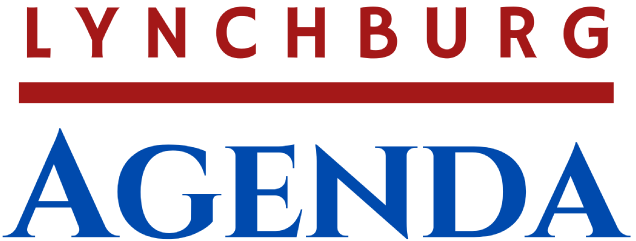This post is for paying subscribers only
Sign up now and upgrade your account to read the post and get access to the full library of posts for paying subscribers only.
This content is FREE and exclusive to our subscribers
Sign up now to gain full access to our entire library of posts and enjoy premium content as a valued subscriber.
Already have an account ? Sign in

Kelly E Mirt
40 years in business and media, Kansas grad, Google News alum, AI certified. Former President/Publisher in VA. Principal at Mirtcom. Providing you news, redefined.
follow me :




Related Posts
Meet Dave Saunders
Apr 14, 2025
Meet Traci Blido
Apr 04, 2025
Meet Ali Berger
Mar 14, 2025